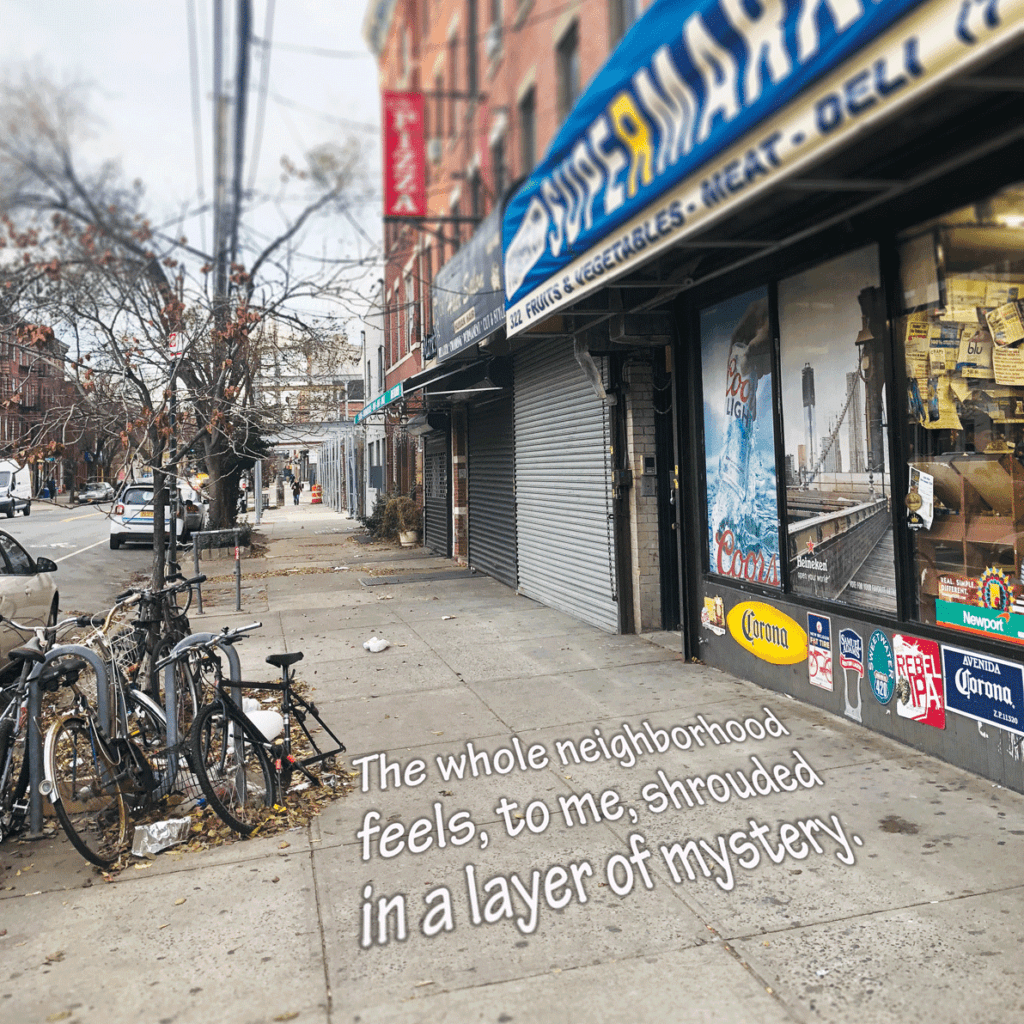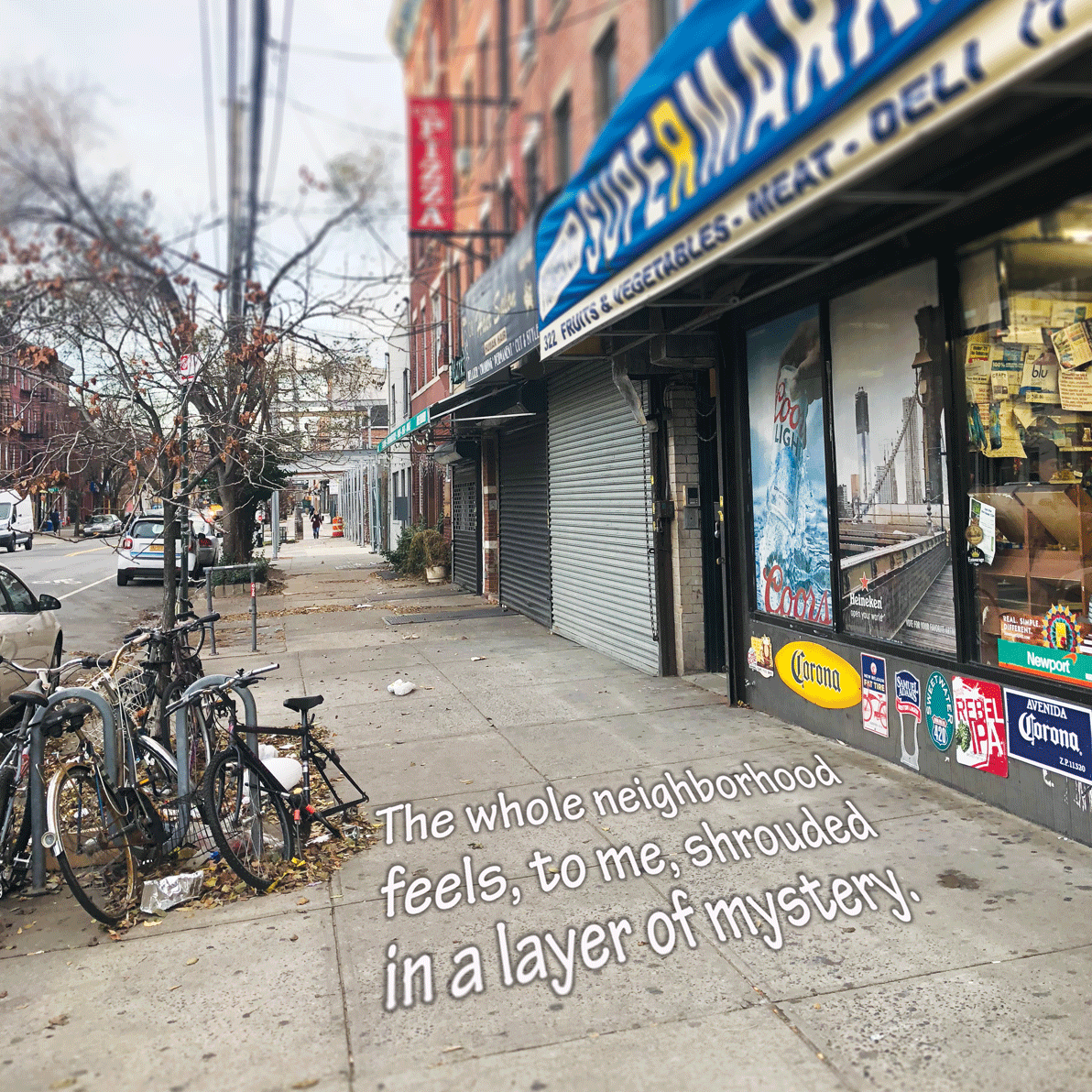 I recently moved down the hill to Van Brunt from nearby Park Slope. Like many before me, I moved for love, but also for cheaper rent. In comparison to Park Slope’s children, stroller and dog-heavy streets, Red Hook feels, for lack of a better adjective, cool. I was hesitant to leave behind the leafy green oasis of Prospect Park, but I thought it worth a chance because I’d be trading trees for waterfront.
I recently moved down the hill to Van Brunt from nearby Park Slope. Like many before me, I moved for love, but also for cheaper rent. In comparison to Park Slope’s children, stroller and dog-heavy streets, Red Hook feels, for lack of a better adjective, cool. I was hesitant to leave behind the leafy green oasis of Prospect Park, but I thought it worth a chance because I’d be trading trees for waterfront.
I like to think people who choose Red Hook are a bit more tenacious than your average New Yorker, maybe a little weirder, a little more “out there.” Every day I ride my bike to the F train, hitching up my skirt, passing under the expressway, rain or shine. So what if my fingers are numb trying to lock my bike or, if some days, I end up being soaked by the time I arrive home?
Red Hook promises a quiet – not easily found in New York. The morning vibe was a great introduction. Leaving my apartment around 7:30 there isn’t much action on the streets. There’s a lack of urgency in Red Hook, a slowness to the rhythm of daily life that reminds me more of childhood in New England then the hustle and bustle of the Big Apple.
Living next door to Mark’s Red Hook Pizza, my bedroom is filled with the familiar scents of melting cheese and baking dough. At night, the clanging of a dumpster interrupts my reading, as the pizzeria shuts down. My romantic “writerly” side feels it’s gorgeously cliche to be living next door to a pizza place. Most nights I can see the blinking tip of the Freedom Tower out of my window, fulfilling most of the New York fantasy of my youth. Every few weeks a cruise ship docks, blocking the entire skyline from view.
I’ve found a lack of pretension in Red Hook. At the same time, the whole neighborhood feels, to me, shrouded in a layer of mystery. There are oddities, ranging from one-eyed stray cats, to random art pieces tucked into alleys.
I could live in Red Hook for the next decade and very likely continue to discover secrets. It isn’t unusual to be completely alone on a side street or pedaling through a deserted Coffey Park. At the same time, it can be difficult to sleep with the noise floating up from the backyard of The Ice House. There’s action in Red Hook, you just have to know where to find it.
Even though I’m new in the neighborhood, I already recognize faces. There are quite a few 30 somethings in Red Hook, but there are also a lot of old timers, standing on street corners and talking. I wave to the man who stands sentry outside the corner store, smoking and chatting with all the passers-by. He usually adds a de facto “be careful,” when I ride off on my bike.
What I’ve learned so far about life in Red Hook: Find a good place to lock your bike and stake your claim. I was taught this lesson by a woman on my corner. She informed me, in a matter-of-fact tone that I was using her street sign This was despite the fact that I’d arrived before her. It felt prudent to do as she commanded. I pushed my bike further down the block. When we see each other, I smile.
Remember to always smile at your neighbors in Red Hook, because they know who you are.









